Amargasaurus
Name Origin
Lizard from Amarga
Family
Dicraeosauridae
Classification
Diapsida, Saurischia, Sauropodomorpha
Habitat (Discovery Location)
Argentina
Period
Approximately 129.4 to 122.46 million years ago (Early Cretaceous)
Length
Approximately 10 meters
Weight
Approximately 3 to 4 tons
Diet
Herbivore (Plant-eater)
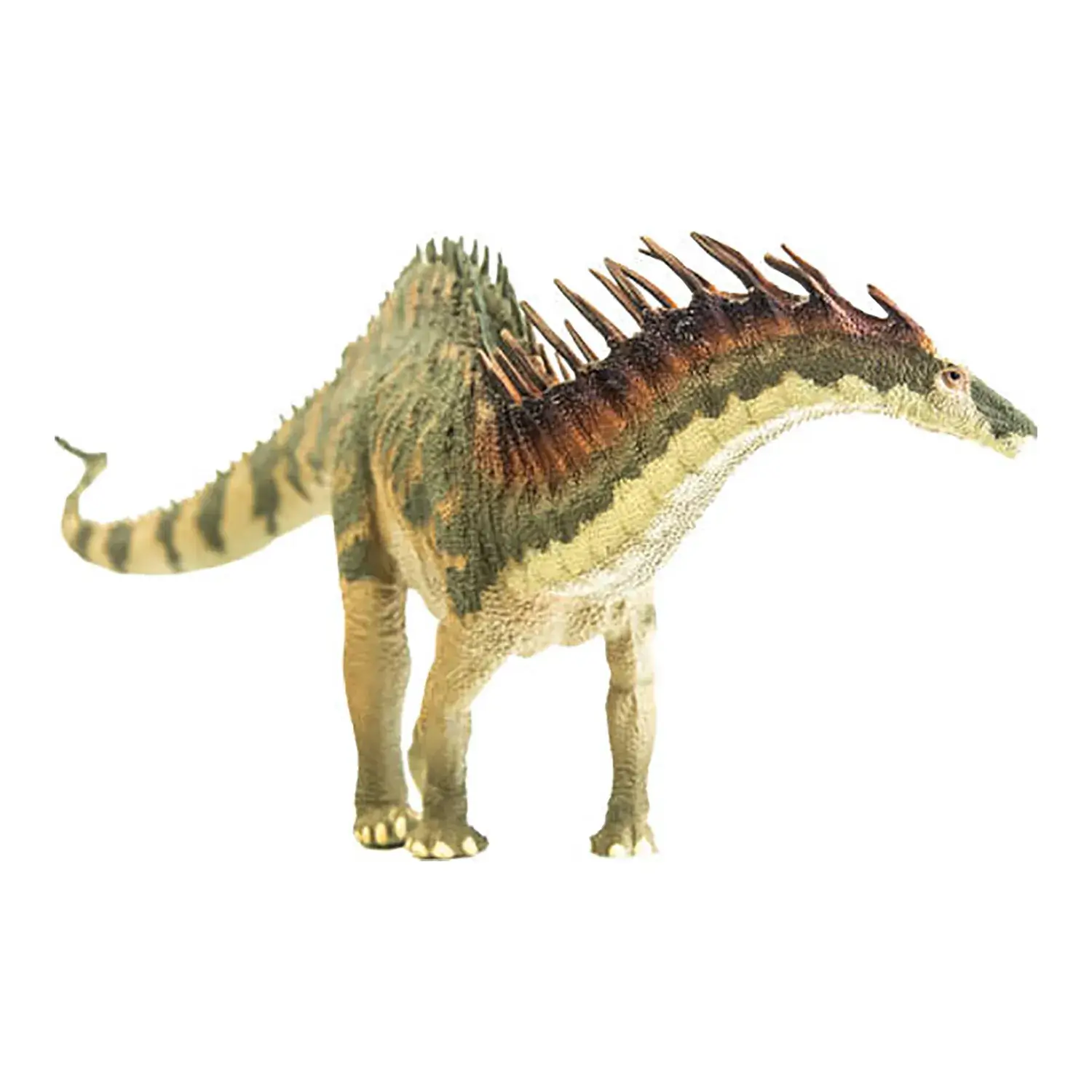
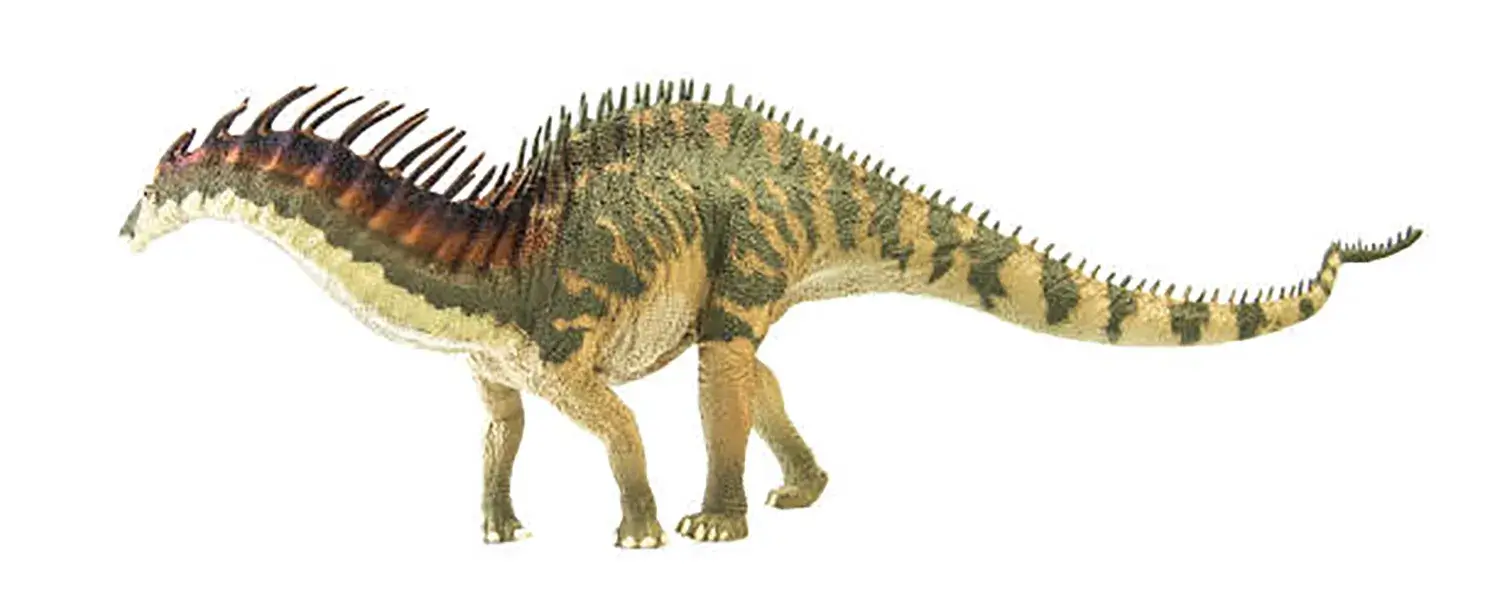
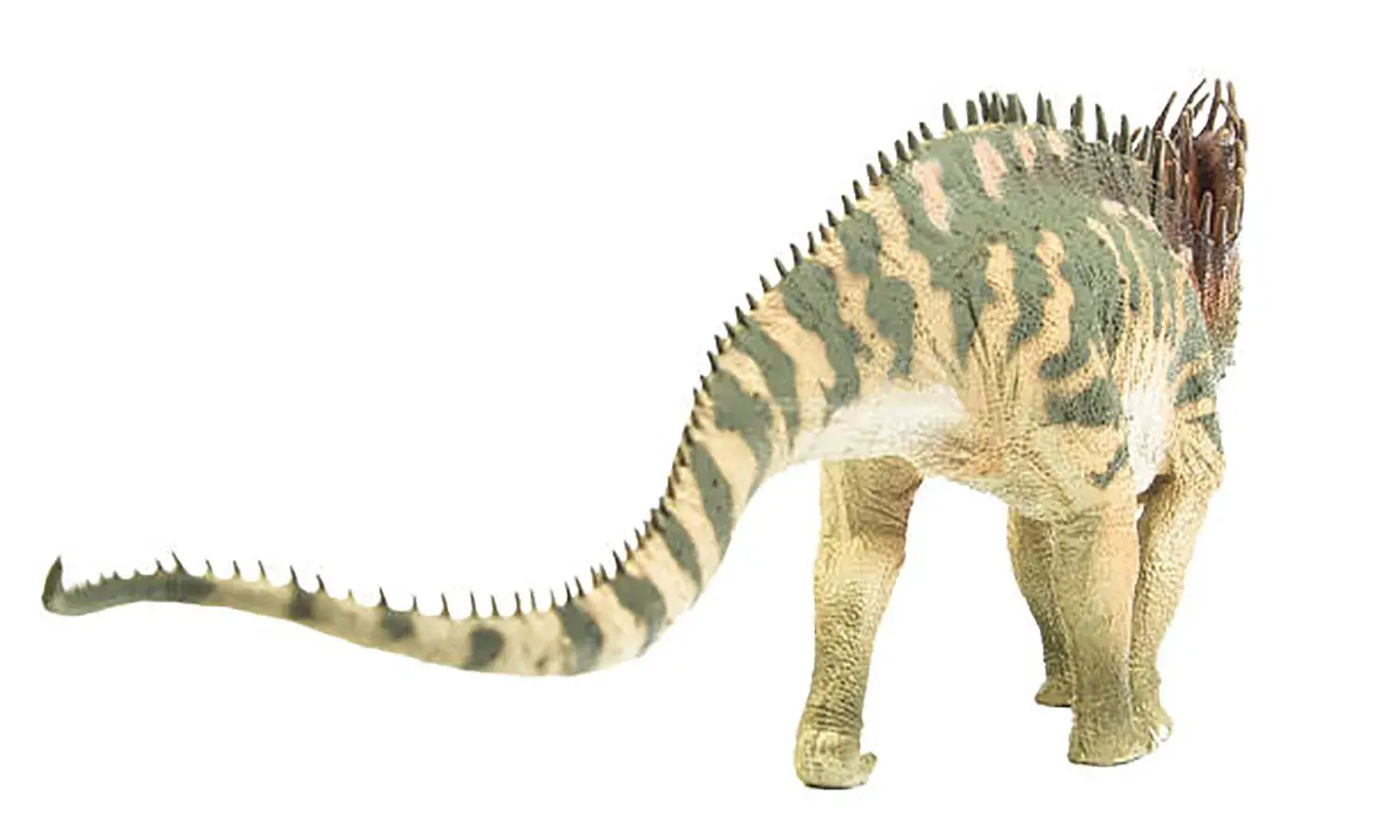
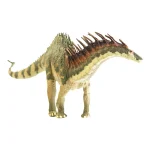
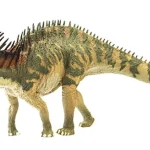
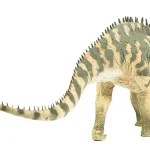
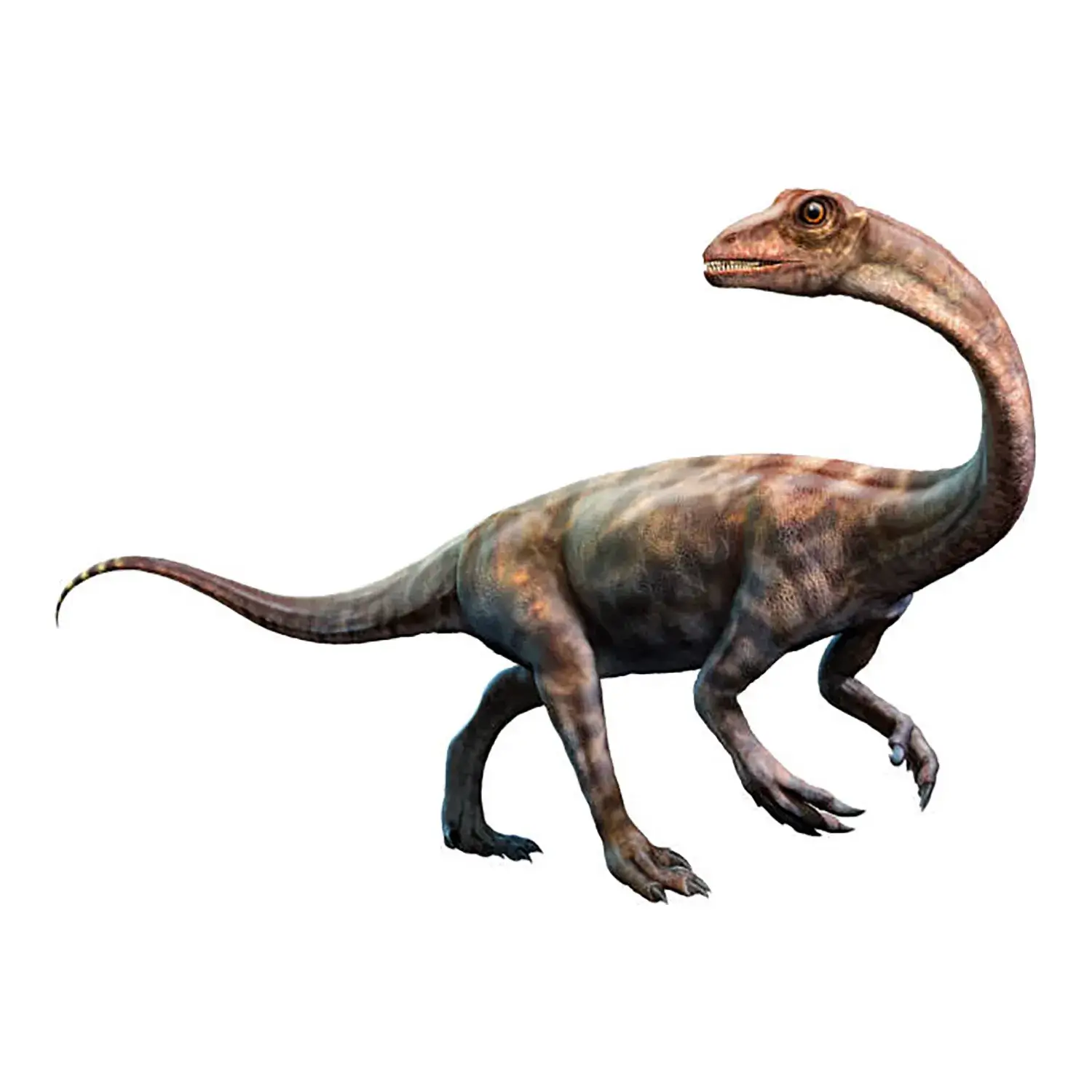
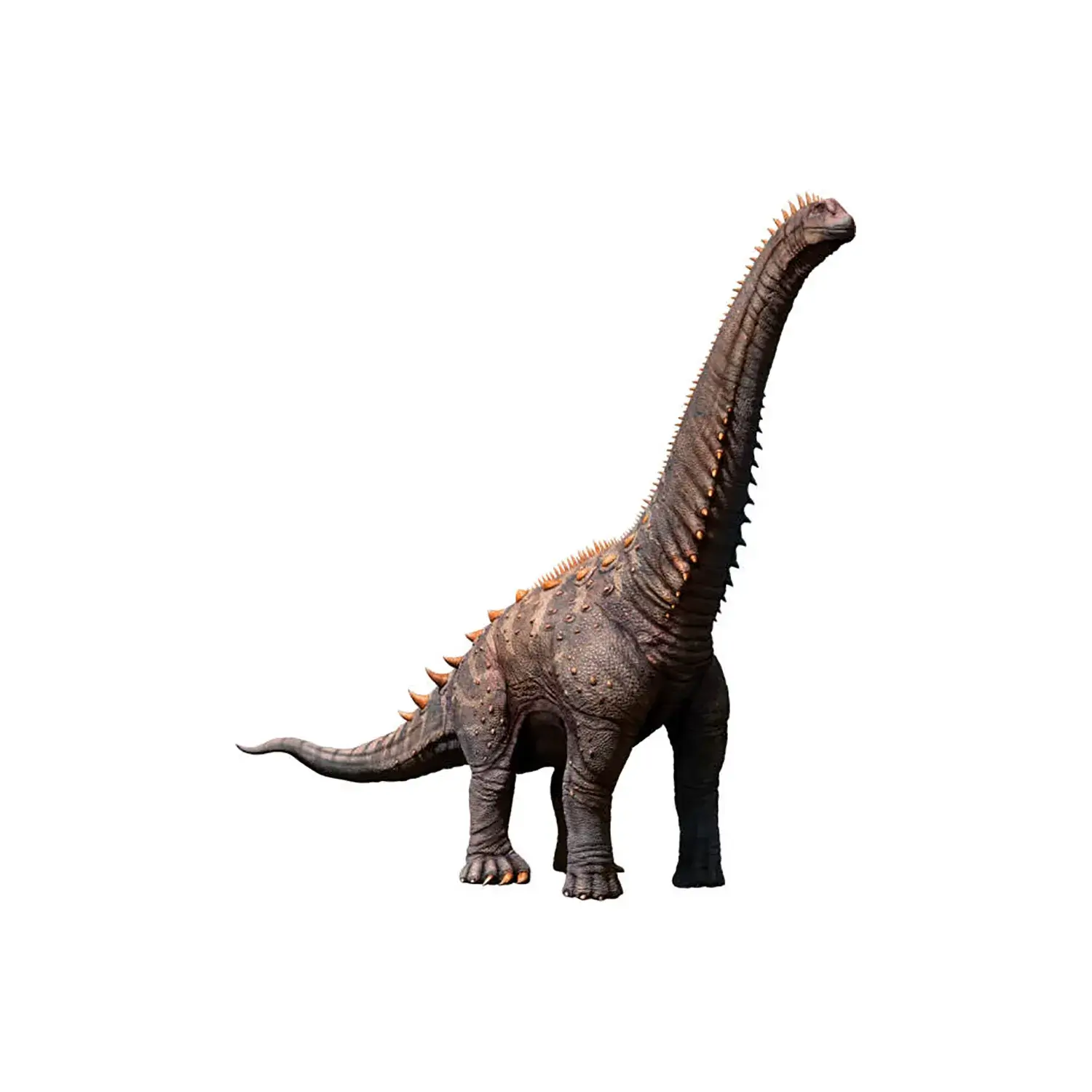

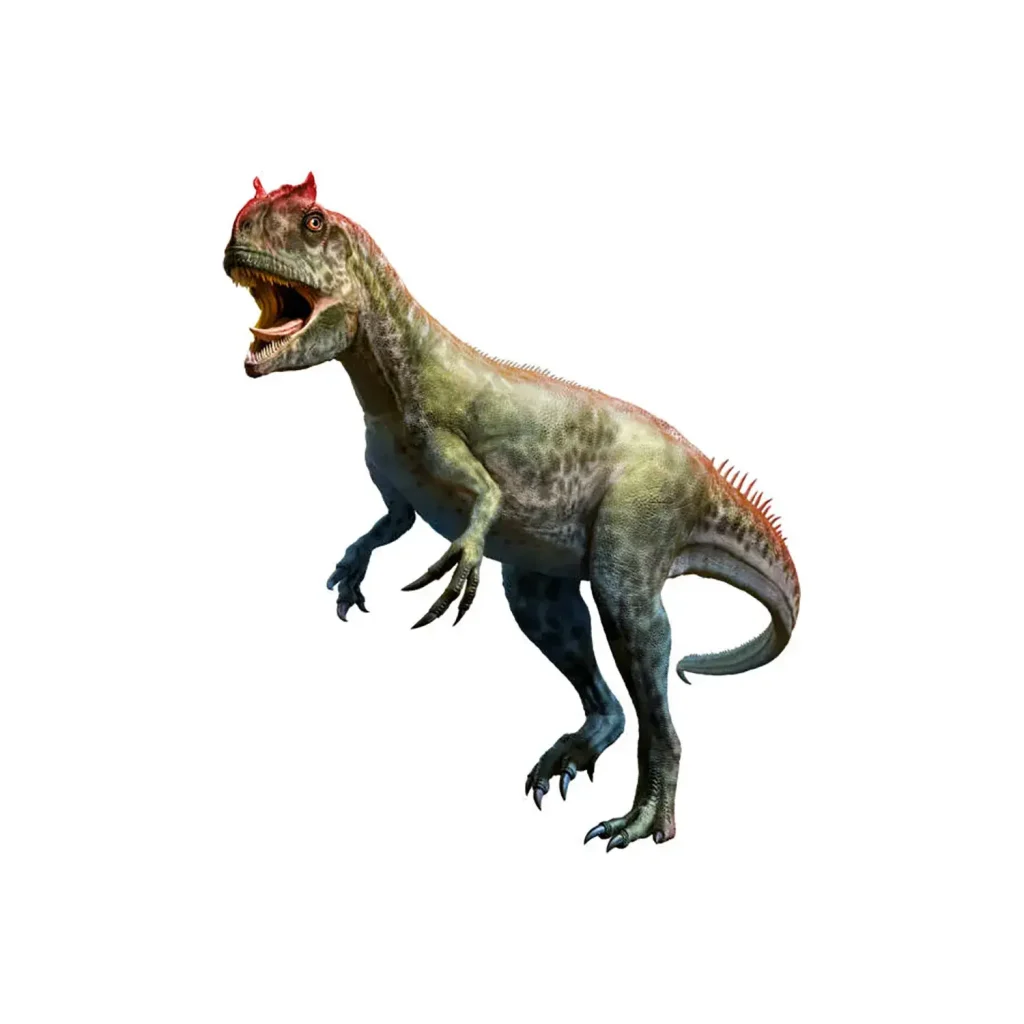
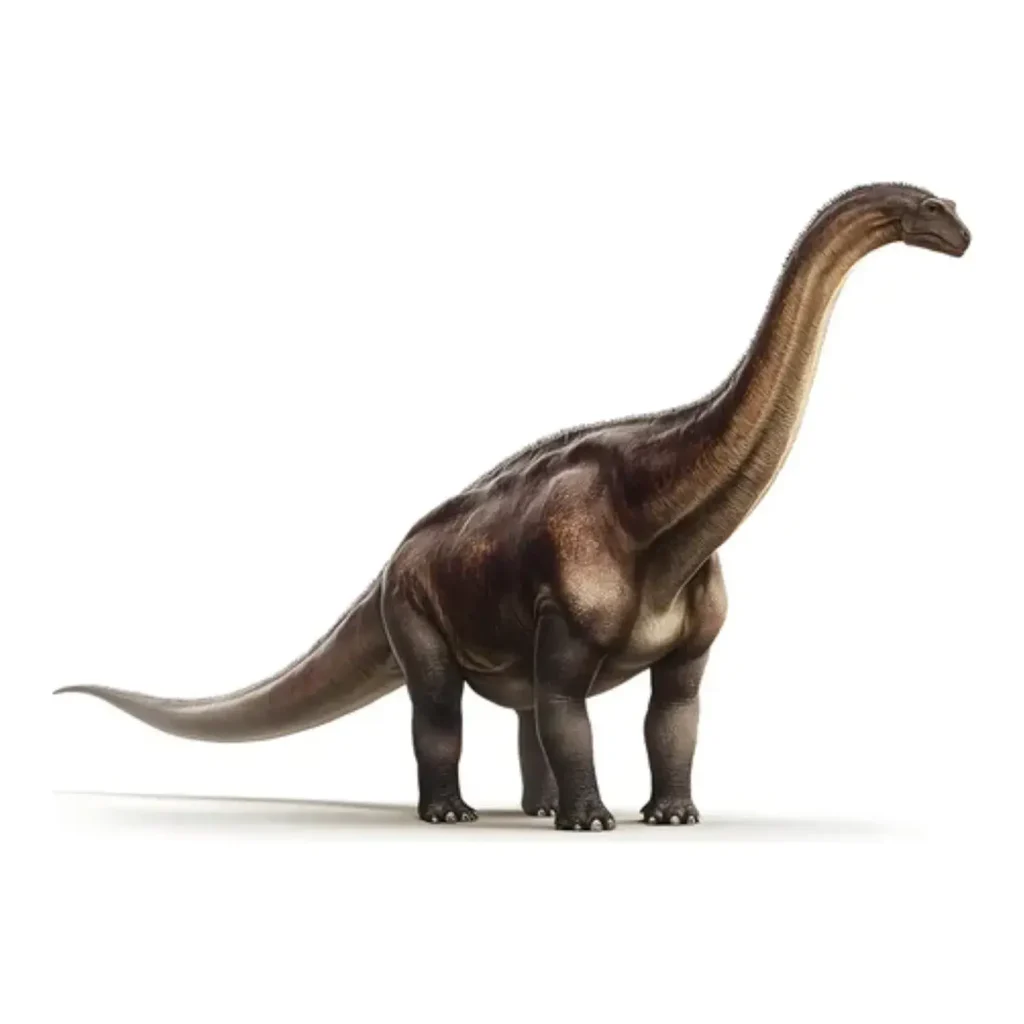
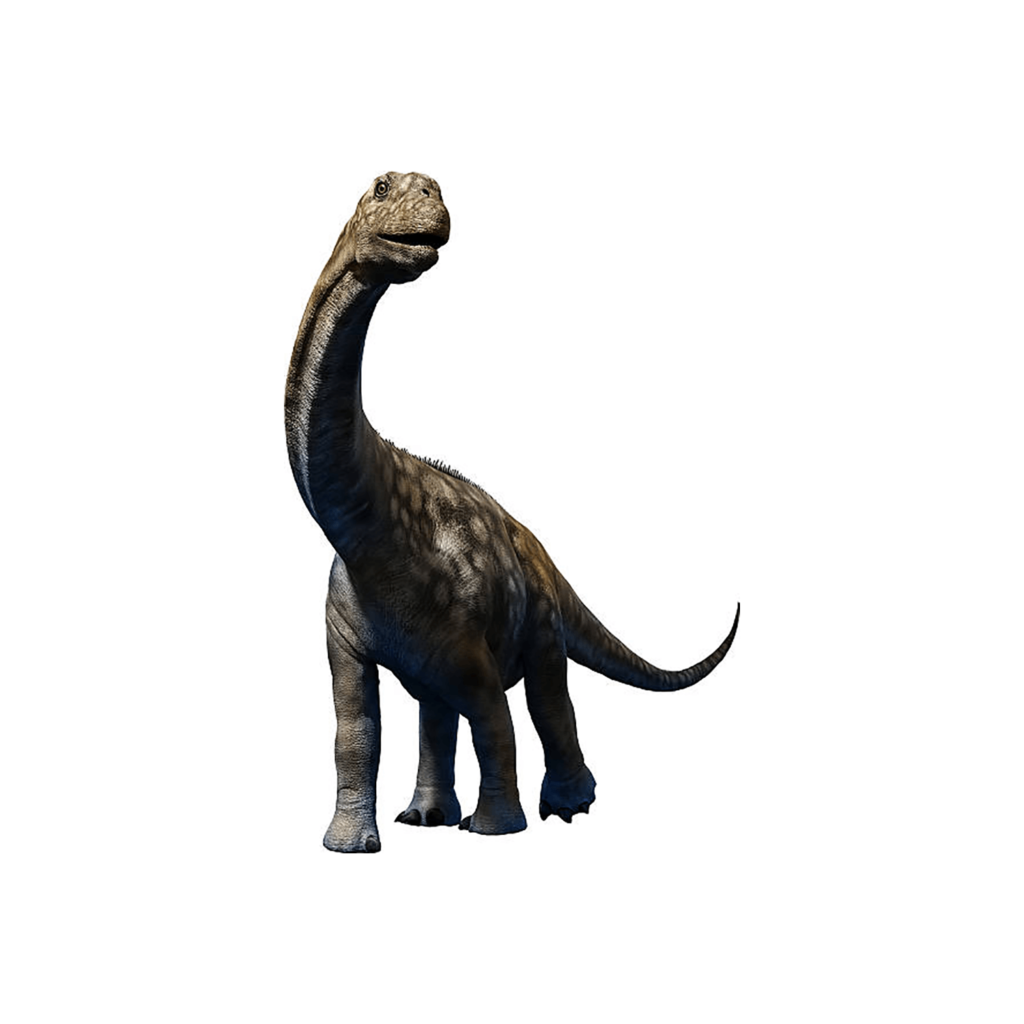
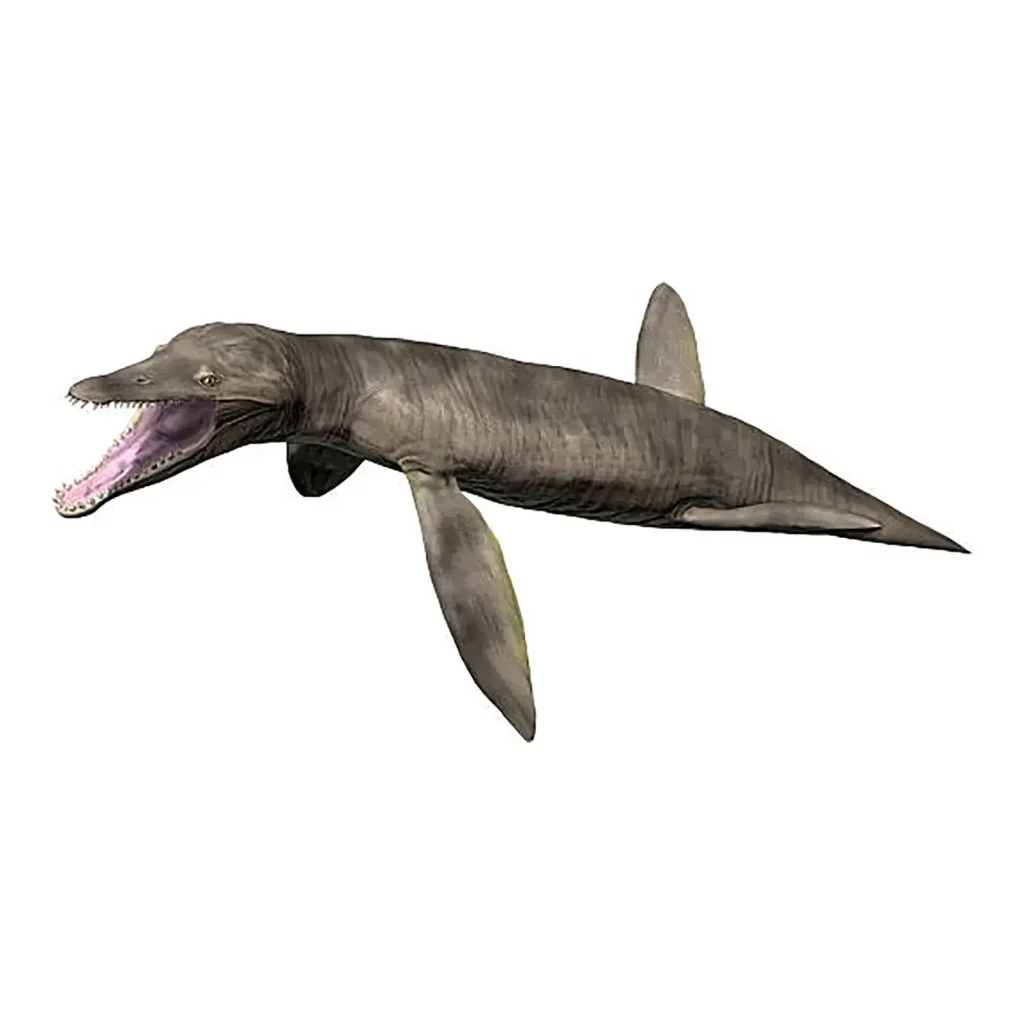













Description
Amargasaurus was a medium-sized sauropod that lived in South America, in what is now Argentina, during the Early Cretaceous period.
At about 10 meters long and weighing 3 to 4 tons, similar to an elephant, it was relatively small for a sauropod.
Its most prominent feature was a series of long, sharp, spike-like spines that ran in two rows from its neck to its back, with the longest measuring over 50 cm.
It was characterized by spike-like spines that ran in two rows from its neck to its back.
This bizarre appearance, reminiscent of a punk rocker, is a unique characteristic not seen in any other sauropod.
The Mysterious Role of the Spikes
The purpose of these distinctive spikes, which are synonymous with Amargasaurus, is still a subject of much debate.
The main hypotheses are as follows:
Defense Theory
A strong theory suggests that they functioned as a physical barrier or weapon to prevent carnivorous dinosaurs from biting its neck.
Since the spikes were made of bone and are believed to have not grown back if broken, they may have been a high-stakes weapon.
Display Theory
Another theory suggests that the long, flashy spines were used as “ornaments” to distinguish individuals or to attract mates.
Based on research on closely related species, it’s thought that the spikes were more developed in males, making it highly likely that they were used for mating displays.
Thermoregulation Theory
It was once believed that a membrane of skin stretched between the spikes, forming a “sail” that was used for thermoregulation.
However, because the cross-section of the spikes is cylindrical, the current view is that they were separate, independent spines.
It’s possible that their role was not just one, but a combination of multiple functions.
Ecology and Unique Physical Characteristics
Amargasaurus had a relatively short neck for a sauropod.
Therefore, it is believed to have been a “low browser,” feeding primarily on low-lying plants like ferns rather than the leaves of tall trees.
The region where its fossil was discovered was a rich floodplain crisscrossed by a network of rivers.
Amargasaurus’s head resembled that of a Diplodocus, but its body was considerably smaller than a Diplodocus‘s.
Its forelimbs were longer than its hind limbs, and its feet had five toes, similar to those of a modern elephant.
In 2014, an investigation used a CT scan of the skull to create a 3D model of its brain cavity and inner ear, suggesting that Amargasaurus had a poorer sense of hearing compared to other sauropods.
Surprising Relatives and Future Research
The Dicraeosauridae family, to which Amargasaurus belonged, is known for having bizarre spikes.
A closely related species, Bajadasaurus, was recently discovered in the same region of Argentina and had even longer, more sharply curved, and terrifying spikes than Amargasaurus.
This discovery demonstrates the unique evolution that dicraeosaurids underwent to survive in their competitive environment.
Currently, only one incomplete fossil of Amargasaurus has been found, so much about its overall appearance and ecology remains a mystery.
It is hoped that future research will reveal the secrets of this uniquely-shaped dinosaur.